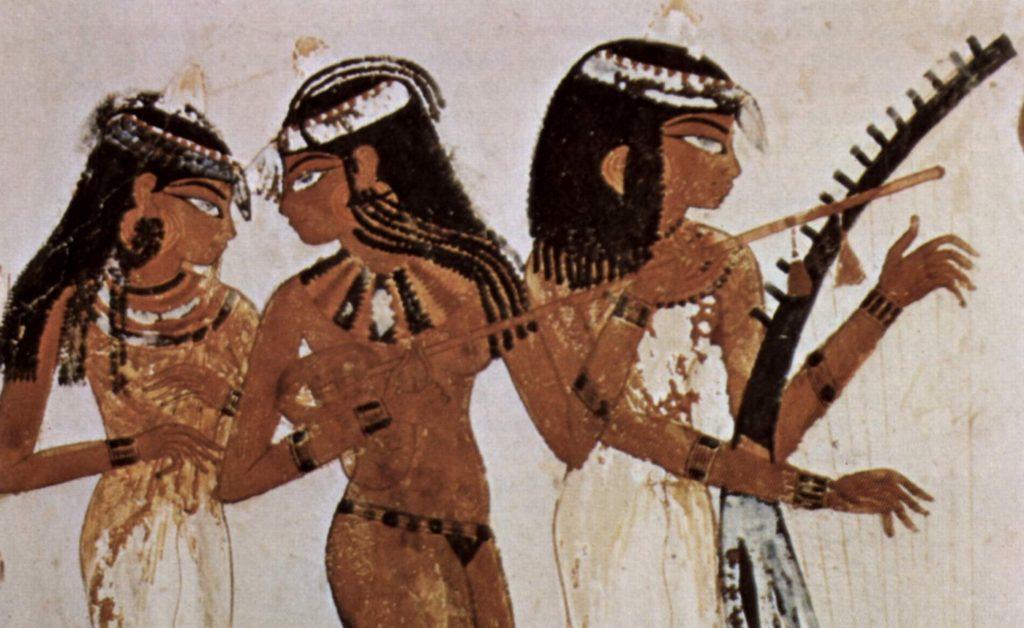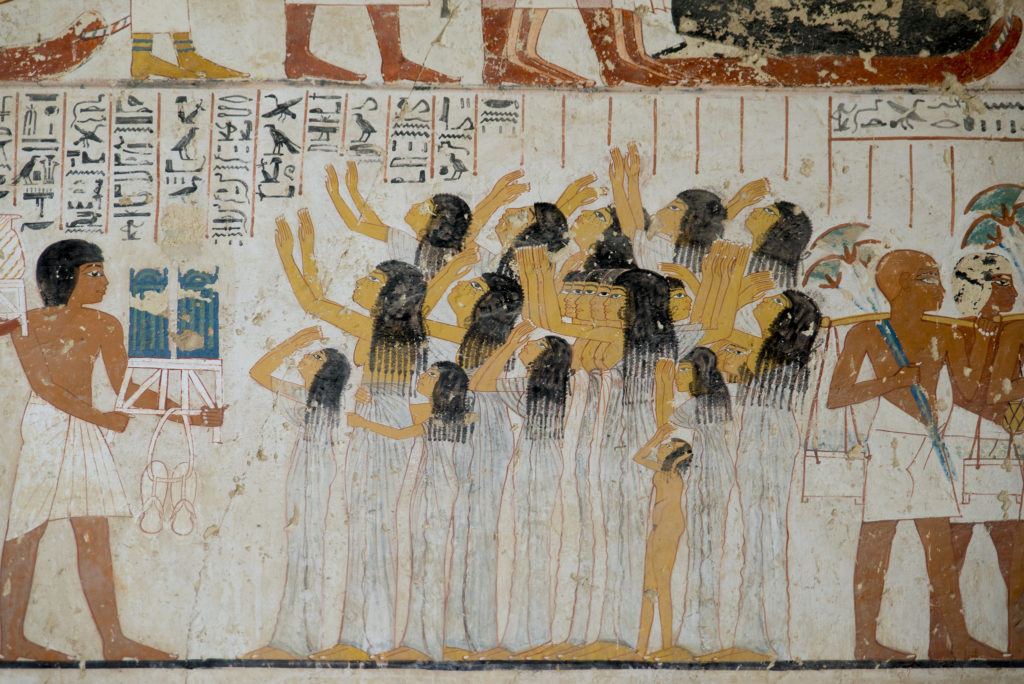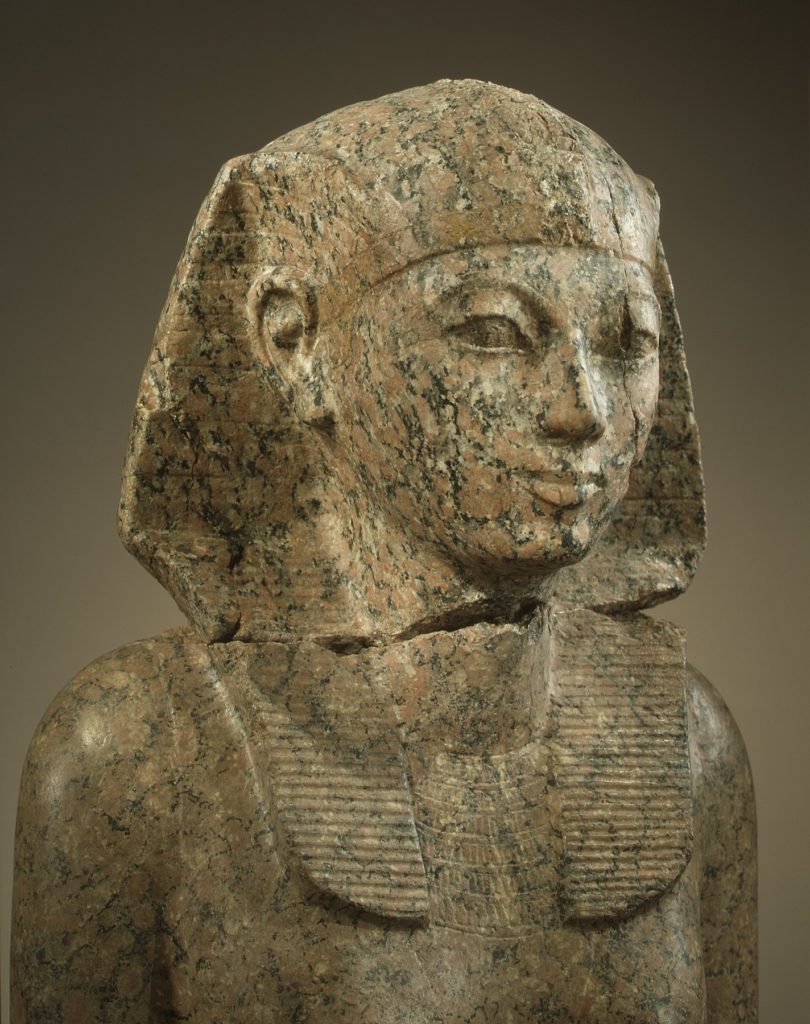Women in Ancient Egypt
were regarded as the equals of men
When we think of women in ancient times, we often see them as restricted and hidden. In civilizations such as Greece, Rome, and Mesopotamia, women faced numerous social and legal restrictions. However, ancient Egypt tells a different story. In Egypt, women enjoyed greater legal, economic, religious, and cultural influence than in many other societies.

Legal and Social Rights: Unusually Broad Freedom
In ancient Egypt, women had rights that were rare in other places. They were recognized as full persons under the law. Here are some of their rights:
– Own, inherit, and sell property
– Sign contracts and prenuptial agreements
– Adopt children and free enslaved people
– Initiate divorce and keep their pre-marriage assets
– Testify in court, sue others, and serve as judges
These rights were documented in legal documents, such as contracts and court records, and women exercised them in both cities and villages. Laws recognized women’s independence, even if real life didn’t always reflect this. For example, wealthy women could easily seek justice, but poorer women still had the legal right to claim what was theirs.
A key idea in this legal system was Maat, meaning cosmic order, justice, and balance. Under Maat, everyone was expected to follow the law, including women. This belief helped support women’s rights in marriage and their roles as independent members of society.
Luxor Tours & Activities
Looking to save some costs on your travel? Why not join a shared group tour to explore Luxor, Egypt? Here are some activities you might be interested in:

Roles in Family and Community: More Than Homemakers
In ancient Egypt, families were very important to social life, and women played a vital role. Their responsibilities included:
– Managing household finances, food storage, and assigning chores to family members
– Raising children and teaching them moral, religious, and social values linked to Maat
– Overseeing religious rituals at home and honoring ancestors
– Appearing in personal letters, poetry, and legal documents as emotional, intelligent, and capable people
Women in families held real power, especially in managing family resources. Although men were often seen as the head of the family, women still participated in decision-making about the home and children.

Economic and Professional Roles: From Bread to Books
Women from different social backgrounds played important roles in Egypt’s economy.
– Weavers, bakers, brewers, and farmworkers filled essential jobs, even if they were often considered lower-status.
– Midwives and healthcare workers are mentioned in medical texts, showing their importance in healthcare.
– Temple musicians, singers, and specialists in funeral rites held respected roles that required skill.
– Scribes, administrators, copyists, and researchers mostly came from educated elite families.
Elite women had access to education, allowing them to take roles such as assistant priests or village leaders. Through their work, women supported rural markets, temple economies, and local government, shaping Egypt’s detailed economy at many levels.

Religious Power: Spiritual Authority and Social Role
Religion in ancient Egypt involved more than just male gods and priests. Women played important roles in religious life:
– Chantresses (“šmʿyt”): These were temple singers active from the Middle Kingdom to the Ptolemaic period.
– High priestesses: They served gods like Hathor, Isis, and Maat and enjoyed special privileges and authority within the state.
– Royal religious figures: An example is the “God’s Wife of Amun,” a title with ritual, economic, and political importance.
These women took part in ceremonies, added music to rituals, and supported temple and royal cults. Their roles showed both spiritual authority and political influence. When goddesses symbolized female qualities and leadership, it reinforced the link between women and the order of the universe.

Royal Women and Symbolic Power: Queens and Rulers
Some of the most striking examples of women in power in ancient Egypt include those who became queens or influenced government:
– Sobekneferu (Twelfth Dynasty): She was the first known female pharaoh and dressed like a man to strengthen her rule.
– Twosret (Nineteenth Dynasty): She took over her husband’s reign and ruled as pharaoh.
– Hatshepsut (Eighteenth Dynasty): She ruled for over 20 years, built famous temples like Deir el-Bahri, and led trade missions to Punt. She called herself “king,” wore a false beard, and some king lists left her out.
These women used clothing, buildings, and writings to show they were legitimate rulers. Some monuments show that their images were later damaged, which reflects their power and the challenges they faced as women leaders.
Noble Queens and Elite Women
Elite women influenced cultural memory through commissioned art. They built temples, shrines, and tombs that showed their roles in public life. Earlier, elite Theban women wrote on tombs and used funerary goods to express their social identities. These monuments helped them claim their identity, preserve memory, and maintain a sense of power.

Artistic Portrayals: Idealization versus Real Experience
Egyptian art shows women in idealized ways with meaningful symbols.
Women are often depicted as youthful and graceful, which was important for funerals and religious practices. Artists usually painted women’s skin yellow to represent femininity, while they painted men’s skin red. Sometimes, artists included signs of aging on women to show wisdom or status, similar to how they showed older men.
Artworks display women in various roles, including social events, ceremonies, and daily life, alongside rulers. However, most of the art reflects the ideals of the elite and does not accurately show the everyday lives of ordinary women. It often misses their struggles, work, and non-prominent roles in society.
Did you know that
By purchasing through our links, you support us at no additional cost.
Thank you for your support. ♥️






